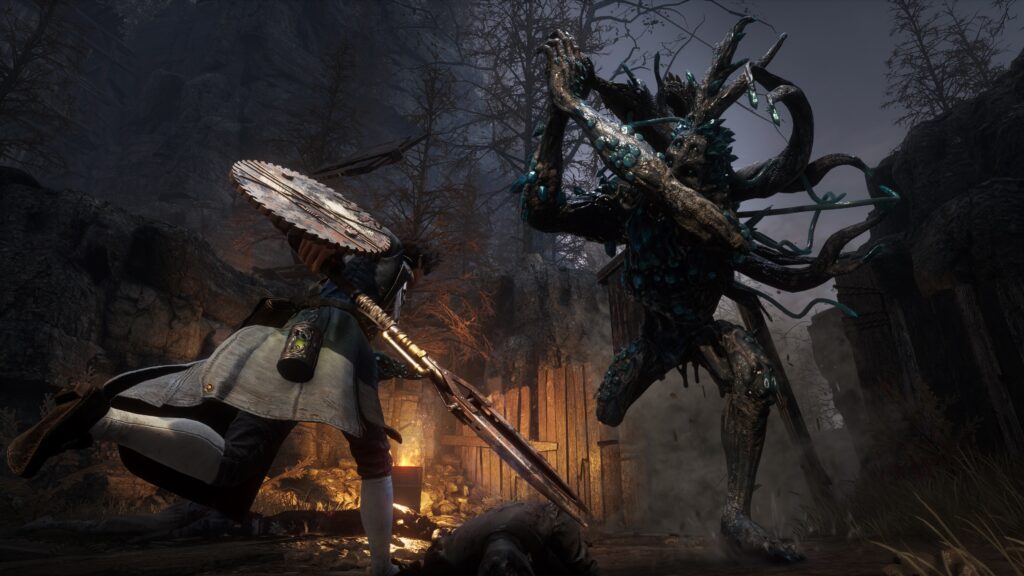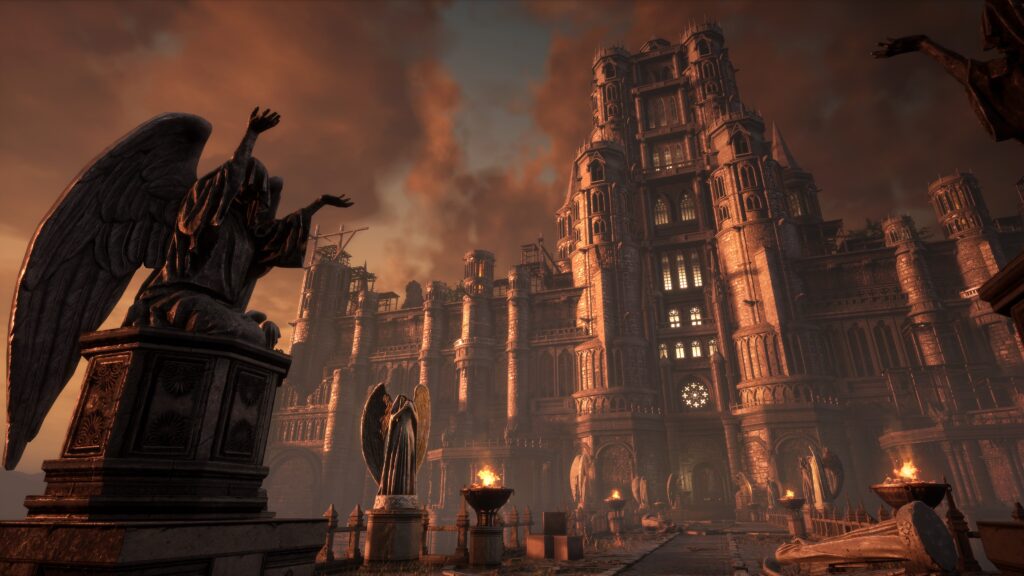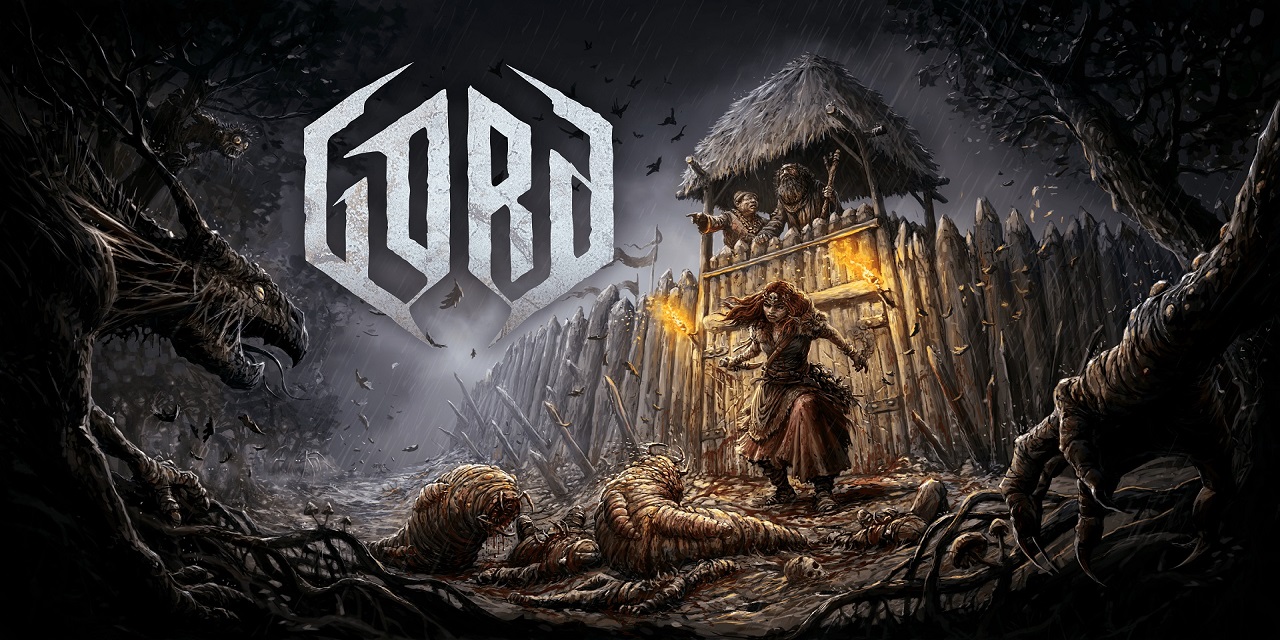In 2015, Bloodborne entered the gaming scene and left an indelible mark on the industry, solidifying its position as a cornerstone of the RPG subgenre. It quickly became my personal favourite in the Soulsborne series, a position I believed would remain unchallenged for years to come. That is until I embarked on the journey through Neowiz and Round 8 Studio’s Lies of P. To my astonishment, Lies of P is not just a worthy contender but a masterfully crafted hardcore gothic action RPG that has the potential to outshine even FromSoftware’s best works.
The foundation of Lies of P draws inspiration from Carlo Collodi’s “The Adventures of Pinocchio,” although the game weaves an original narrative. Familiar characters, locations, and themes from Collodi’s literary work make their appearances, delighting those who recognize them. The stage is set in Krat, a fictitious city that once thrived during the Industrial Revolution. It boasts grand opera houses, opulent theatres, bustling storefronts, and artisan workshops. However, beneath this façade of prosperity lies a grim underbelly where the impoverished struggle for survival amidst winding alleyways and cobblestone streets.
As I assume the role of P, a puppet awakened in an abandoned train car by an enigmatic ethereal voice, Krat appears far removed from its former glory. The city’s human population has been ravaged by the dreaded Petrification Disease, and then came the Puppet Frenzy—a shocking uprising where the city’s intricate clockwork puppets, designed for menial labour, inexplicably turned against their masters. Despite their supposedly fail-safe programming, these puppets continued the humans’ extermination that began with the disease, ruthlessly hunting down those who survived.

Lies of P immerse players in a dark and melancholic atmosphere. Streets are strewn with decaying corpses and the remnants of life, bearing witness to the desperate attempts of the city’s denizens to escape Krat’s deadly grip. The city sprawls with a labyrinth of pathways, patrolled by various predators. While I initially confront the frenzied puppets, more sinister adversaries lurk in the city’s shadowy corners. What sets this game apart is its skilful juxtaposition of macabre themes with grandiose locales and set pieces, creating an intriguing blend of elegance and perversion. The magnificent white-marble opera house, for instance, houses some of the most grotesque characters, while the cobblestone streets leading to it are patrolled by a nightmarish clown puppet that rivals the most challenging of bosses.
Exploring Krat’s broken glory is an absolute delight, with hidden corners waiting to be uncovered. After defeating an early-game area and its formidable boss, I establish Hotel Krat as my base of operations. From here, my journey takes me through and beyond the city, revealing a world that’s more intricate and expansive than I initially anticipated. Lies of P brilliantly employs shortcuts that loop back to previous areas, including some surprises that caught me off guard. Unravelling these intricate level layouts provides immense satisfaction and a sense of discovery.

At the heart of the game lies a sophisticated and deep combat system. It builds upon the best elements of the genre while introducing several well-conceived additions. Players can choose from three character builds—Balance, Dexterity, or Strength—each affecting P’s starting stats and weapon compatibility. While the initial weapon variety may seem limited, as the game progresses, an array of diverse weapons becomes available, offering creative options to experiment with.
The true brilliance of Lies of P’s combat system becomes evident when P gains the ability to craft his own weapons. Every weapon in the game, except for a few exceptional ones, consists of a blade and a handle. These components can be freely disassembled and reassembled into countless combinations. For instance, attaching the blade of a great sword, which scales well with P’s stats, to a pole arm handle grants it extended reach at the cost of speed and manoeuvrability. Meanwhile, affixing a dagger blade to a mechanized piston handle transforms it into a spear with motorized stabbing capabilities. The possibilities for experimentation are vast, and since blades and handles can be upgraded separately, creative players will find themselves crafting unique tools of destruction on the fly to suit any situation.
Moreover, P has access to Legion Arms, mechanical appendages that enhance combat capabilities. These arms can be upgraded and equipped with three unique ability expansion tiers, and players can even craft new Legion Arms from scratch with the right materials. Legion Arms empower P with various abilities, such as launching a rope to pull distant enemies closer, firing explosive rounds, planting proximity mines, and more. Defence is not neglected, as players can acquire puppet parts to bolster P’s defensive stats, providing adaptability to different enemy types and damage sources. P’s body can also be upgraded to enhance health flask usage, critical hit chances, and stagger attacks. The complexity of these interlocking systems adds depth to what initially appears to be a straightforward combat system.

However, Lies of P does not shy away from presenting a formidable challenge. Boss encounters, in particular, serve as stringent tests of skill. From colossal automatons with striking designs to multi-phase monstrosities, these battles demand precision and swift reflexes. Learning attack patterns and executing perfect guards to survive otherwise unavoidable attacks become paramount. It’s not uncommon to spend hours inside a boss arena, emerging victorious with just a sliver of health, both P and the player bruised and battered. While most bosses allow summoning AI-controlled co-op partners, facing the challenge solo often proves more rewarding. The boss designs are a testament to the game’s storytelling prowess, seamlessly integrated into the narrative of their respective areas. These bosses, once friendly machines designed to bring joy to Krat, have been twisted into nightmarish incarnations. As I approached the end of the game’s opening area, I found myself in an abandoned carnival ground, presumably deserted during the Puppet Frenzy.
Empty booths lined the streets, with unsettling cardboard clown cut-outs serving as a haunting reminder of the past. Amidst this eerie backdrop, I encountered the Parade Master, a colossal machine dressed as a ringmaster, now using his own severed head as a makeshift flail during the battle’s later stages. Each boss encounter introduced new and exciting challenges, making every hard-fought victory feel like a well-deserved triumph in the midst of twisted metal and malevolent intentions.
Beyond its formidable difficulty, Lies of P excels in various other aspects. The game encourages aggressive play when health flasks are depleted, as attacking enemies can restore a portion of your health. Additionally, Ergo, the in-game currency, dropped during boss encounters is conveniently placed just outside the boss arena, alleviating some of the tension associated with carrying valuable currency into a challenging fight. The game’s narrative, while not reaching literary heights, is more accessible and less cryptic than typical Soulslike storytelling. Side quests provide enjoyable distractions and opportunities to uncover new items. One prominent side quest involves phone calls from the enigmatic King of Riddles, a character inspired by the game’s literary source material, adding depth to the narrative.

Complementing the exceptional voice acting that brings the characters to life is an outstanding musical score. The music enhances the game’s atmosphere and frequently captivates with its beautiful compositions. Players can collect vinyl records, which can be played on Hotel Krat’s gramophone player. These records feature full-length songs and instrumental tracks, perfectly suited to accompany a stay in a historical city like Krat. The music conveys themes of love, loneliness, and nostalgia for sun-soaked beaches, adding a touch of serenity amidst the looming threat of death.
Lies of P not only sounds great but also looks visually stunning. The enemy and boss designs are meticulously detailed, the cinematic introducing each boss is breathtaking, and the in-game environments are nothing short of marvellous. Even the smallest details, like the display window of an abandoned storefront, demand more than just a cursory glance. Lies of P is a testament to the dedication and attention to detail of its developers.
My time with Lies of P was an intense and gratifying experience, exceeding my expectations. As someone who regards Bloodborne as one of FromSoftware’s finest achievements, I was enamoured with Round 8 Studio’s fresh take on the Soulslike formula. Lies of P takes the genre’s best elements and refines them to perfection. Whether it’s navigating labyrinthine level layouts or conquering challenging bosses, every moment in Lies of P’s substantial campaign feels worthwhile and satisfying. With a post-credits teaser hinting at another literary classic in the wings, the future looks promising for this remarkable addition to the genre. Welcome to the pinnacle, Lies of P!
This review utilised a key provided by Five Star Games and Lies of P is out now on PC, Xbox, Playstation




